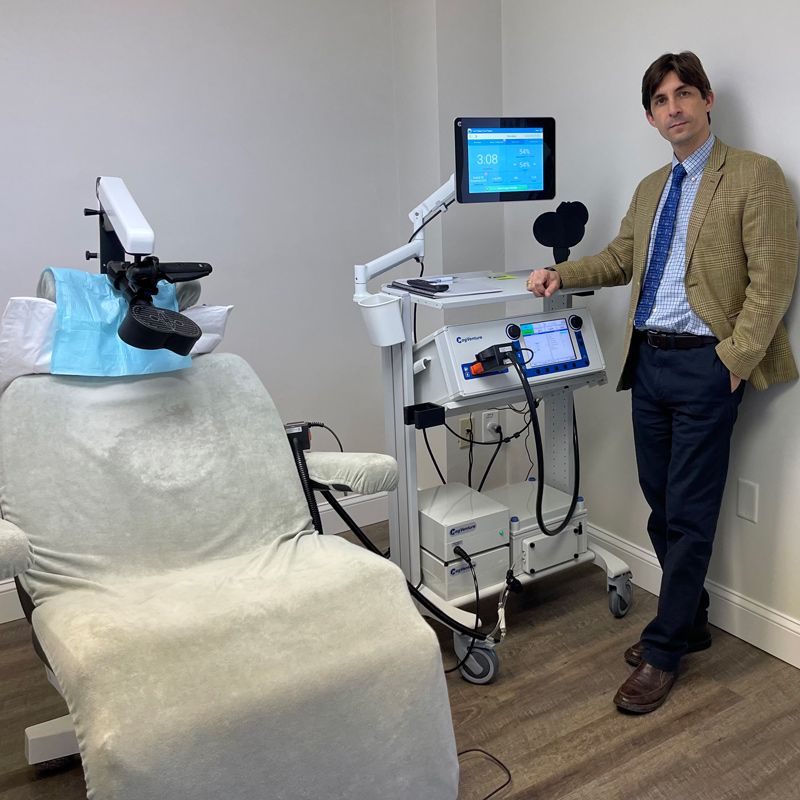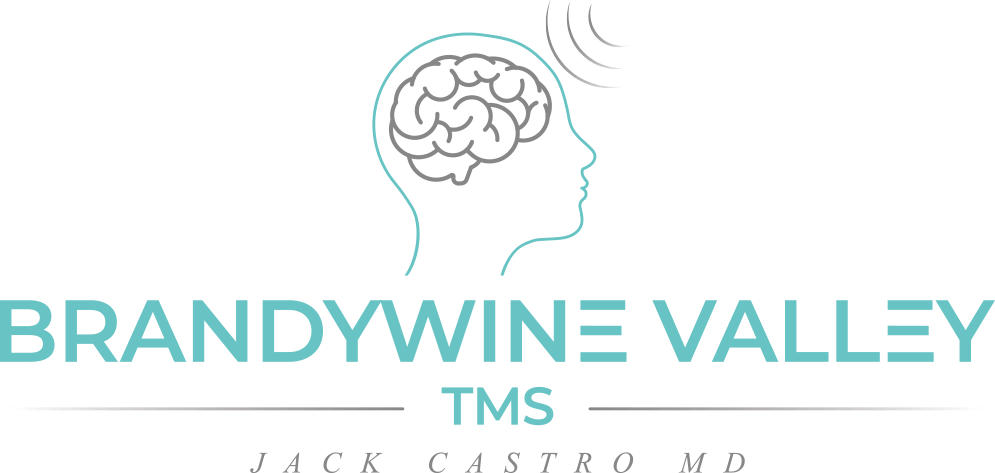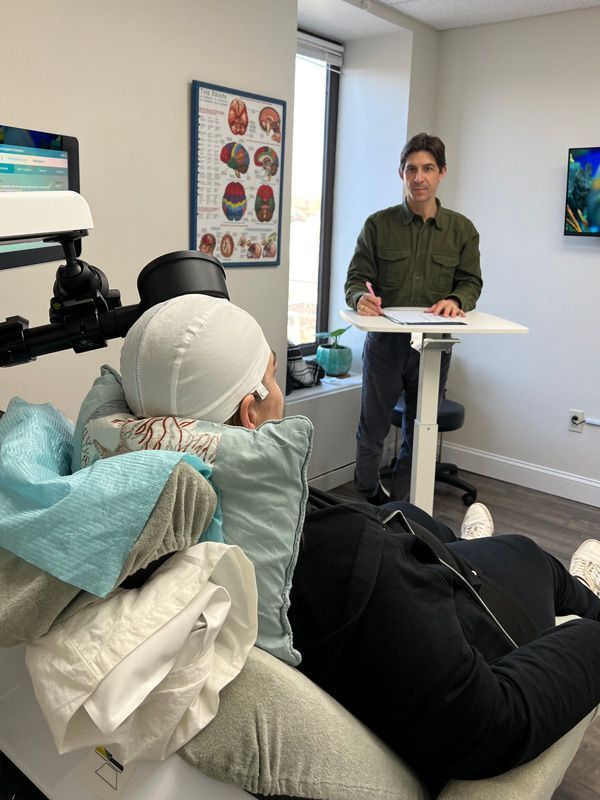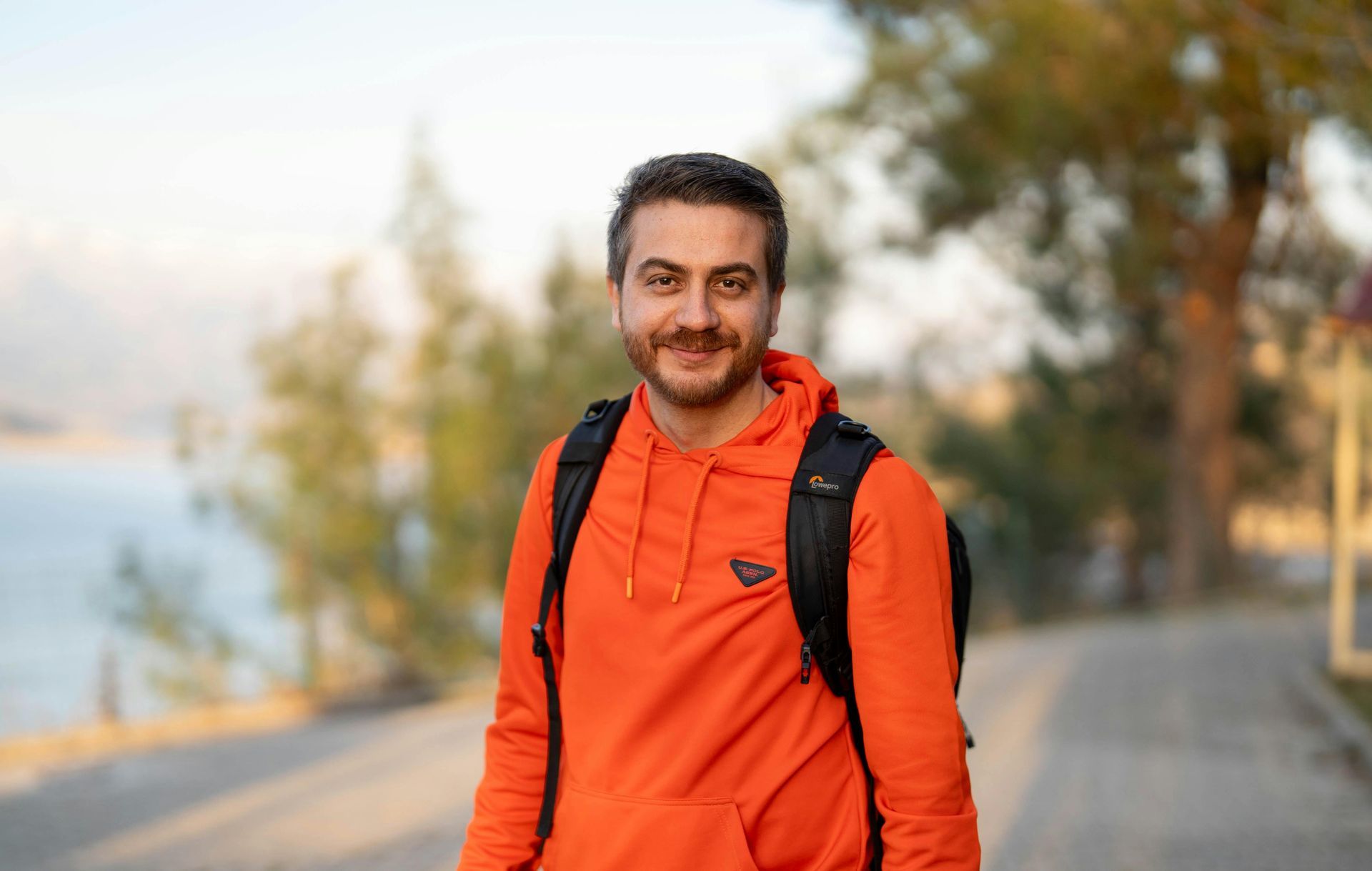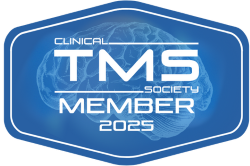Transcranial Magnetic Stimulation (TMS) Therapy
A REAL PATIENT TMS THERAPY REVIEW & CASE STUDY
By Dr. Jack Castro of Brandywine Valley TMS in Wilmington Delaware
LEARN HOW BRANDYWINE VALLEY TMS THERAPY HELPED SHERRI
Background
In November 2023 I first met with Sherri – a 64 y/o woman with a long history of intermittent major depressive disorder and generalized anxiety disorder since her mid-30s. She wasn’t sure there was a specific trigger for her psychiatric problems at that time, but she explained it could’ve been that she was overwhelmed raising her three children. The depressive episode that she consulted me with had gradually been developing since December 2022 and then took a nose dive in August 2023 when she developed an Afib (Atrial fibrillation) which requires cardioversion. Her other chronic medical conditions included diabetes and obstructive sleep apnea.
Along with depressed and low mood, Sherri was also experiencing anhedonia (the inability to find pleasure in anything), poor appetite, depressed mood, insomnia, lack of focus, crying spells, social isolation, decreased energy and irritability.
When we met, she was taking Wellbutrin (bupropion) and it wasn’t helping with depression. For anxiety she was taking Xanax (alprazolam). She had been on other meds in the past: Effexor (venlafaxine) and Viibryd (vilazodone) with questionable relief, and in the case of Wellbutrin, severe palpitations when the dose was raised.
Starting a TMS Therapy Treatment Program
On 11-6-23 we started TMS therapy treatment. Sherri scored 24 on the PHQ9, indicating severe depression. We determined her motor threshold (MT) at 48% for TMS sessions, and as it's customary with TMS, we targeted stimulating the left dorsolateral pre-frontal cortex.
Sherri's Progress With TMS Therapy
The initial treatment was set up at 3000 pulses per session. Sherri was quite anxious when she first sat on the treatment chair, she was apprehensive not knowing what to expect. About 2-3 session in, she was more relaxed and trusting the process. Midway through her treatment, her cardiologist recommended a Holter monitor to track her Afib. Patients are not supposed to have any metal objects in their heads or any closer than 12 inches from the magnet as these objects can heat up or move (the same applies when you got for an MRI (1). An although the monitor was outside the recommended distance from the TMS magnet, we simply decided to remove it during the sessions and the she would stick back on after the session, right under her left collar bone.
To optimize and gain traction during TMS treatment, we increased the number of pulses to 4000 per session. MT was re-determined once more during treatment at 47%. With these 2 small changes to parameters, Sherri began getting better week by week.
Tracking Using The PHQ-9
To track symptoms over the course of treatment, patients are asked to complete the PHQ-9 (Patient Health Questionnaire). Scores ranges from 0 to 27 (scores of 5–9 are classified as mild depression; 10–14 as moderate depression; 15–19 as moderately severe depression; ≥ 20 as severe depression)
Sherri’s PHQ9 Results Over 36 TMS Sessions
Session 01: 11-06-23 PHQ9 = 24 / 3000 pulses
Session 06: 11-13-23 PHQ9 = 19 / 3000 pulses
Session 11: 11-20-23 PHQ9 = 18 / 3000 pulses
Session 16: 11-27-23 PHQ9 = 15 / 3000 pulses
Session 21: 12-04-23 PHQ9 = 13 / 4000 pulses
Session 26: 12-11-23 PHQ9 = 12 / 4000 pulses
Session 31: 12-18-23 PHQ9 = 08 / 4000 pulses
Session 34: 12-26-23 PHQ9 = 04 / 4000 pulses
Session 36: 12-30-23 PHQ9 = 04 / 4000 pulses
An image of Sherri undergoing TMS therapy treatment by Dr. Jack Castro
Final Outcome & Continued Care
By the 36th session, Sherri achieved a PHQ9 score of 4, a substantial improvement from her initial session of 24. It's important to mention here that despite continuing Xanax throughout treatment, which can lessen the effects of TMS, Sherri was nevertheless able to improve significantly during the 6 weeks we worked together. Her experience with TMS treatment for her severe/treatment-resistant depression was extremely positive. Sherri has returned to her second home in North Carolina and has chosen to pause TMS maintenance for the time being, although it remains an option in case her symptoms resurface.
Conclusion
This honest TMS therapy review for depression treatment highlights the transformative impact of TMS, especially in cases where traditional medication approaches face limitations. Sherri's story is a powerful TMS therapy review, showcasing real patient results under the expert guidance of Dr. Jack Castro of Brandywine Valley TMS located in Wilmington Delaware.
References
(1) Schrader LM, Stern JM, Fields TA, Nuwer MR, Wilson CL. A lack of effect from transcranial magnetic stimulation (TMS) on the vagus nerve stimulator (VNS). Clin Neurophysiol. 2005;116:2501–4. [PubMed] [Google Scholar] (2) 10.1046/j.1525-1497.2001.016009606.x
Read
Sherri's TMS Review
Real TMS Treatment Feedback
"I have been on many medications for MDD for many years. Wellbutrin, Effexor, Serzone, etc. Nothing really worked for me and the side effects were too much. I recently entered a really deep depression and was looking for alternatives to medication. I found Dr. Castro at Brandywine Valley TMS and spoke to him about TMS treatment. He explained everything in detail and listened to my history with patience and answered all my questions. I decided to try it... WOW!"
"I felt hopeful after the first couple of sessions. And after the first week I knew that this was working and saw a light at the end of the tunnel. I liked that I got to see and talk to Dr. Castro at almost all of the sessions (most places you only see the tech) the office staff were friendly and so very helpful. I made huge strides with each week that went by. I have 3 treatments left and I feel like a different person. If you're looking for something other than meds, this is it. And I wouldn't do it anywhere else but with Dr. Castro and Brandywine Valley TMS!"
Experience the Benefits of TMS Therapy Today
TMS Therapy, an FDA-approved treatment, is non-invasive and non-sedative, offering minimal to no side effects. Unlike mental health medications, which frequently bring about undesirable side effects, TMS therapy provides an immediate sense of optimal well-being following treatment sessions. Patients often experience noticeable positive changes as early as the third week, and sometimes even sooner. On this page, we've shared one real-world patient experience.
TMS has gained a strong reputation as an outstanding alternative for individuals who do not experience positive results from traditional mental health medications.
Local to Wilmington Delaware? Contact Brandywine Valley TMS today!
